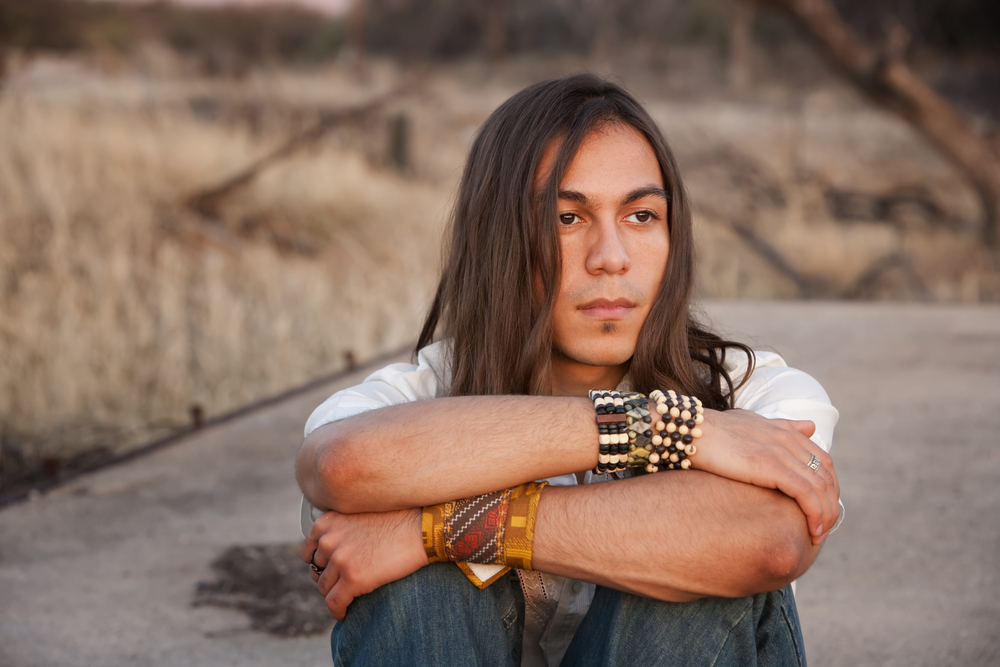Home > ASME Articles > Centering Culture in the Treatment of Opioid Use Disorder with American Indian and Alaska Native Communities

American Indian and Alaska Native (AI/AN) communities are disproportionately impacted by the opioid overdose epidemic. Though past-year rates of opioid misuse are similar between AI/AN communities and non-Hispanic whites, the proportion of overdose deaths among AI/AN populations is higher and varies by state and region.
AI/AN communities have implemented policy changes and sought better prevention and treatment methods to address the opioid epidemic, including integrating medications for opioid use disorder (MOUD), but there is a need to tailor MOUD delivery to AI/AN communities in a culturally responsive way, based on the integration of Indigenous and Western worldviews and framed by a healing tradition.
This article reports on a 2-day meeting of a board tasked with developing an implementation intervention for AI/AN clinical programs to improve the delivery of MOUD. The meeting was attended by Elders, cultural leaders, providers, individuals with lived experience with OUD, and researchers from over 25 communities, organizations, and academic institutions, all members of the NIDA Clinical Trials Network (CTN) Collaborative Board for CTN-0096, “Culturally Centered MAT for OUD Implementation Facilitation for Primary Care and Addiction Treatment Programs Serving American Indian/Alaska Natives.”
Attendees of this 2-day event discussed engagement and recovery strategies, integration of extended family traditions, and addressing stigma and building trust with providers and clients.
The board highlighted personal and external factors contributing to OUD in AI/AN communities, including mental health and various healthcare system structures. At the individual level, stress, depression, and low self-esteem were believed to be the primary factors leading to misuse of opioids for AI/AN communities, and a history of adverse childhood experiences and trauma more generally were noted as primary contributors to that stress and depression, as well as a lack of social support and loneliness.
Members suggested that family cohesion and traditional family practices had been eroded by colonization, forced relocation, and other systematic forms of oppression that could lead to potential impaired functioning, heightening risk for OUD and overdose.
However, family support was also described as a unique and specific strength among AI/AN communities, particularly because of ties to clan systems. The board also identified the individual strengths of men, women, and those who are two-spirited (i.e., both masculine and feminine spirit; same-gender loving). They talked about how each person in an AI/AN community has a particular role to play in leadership, family and community connectedness, spirituality, providing resources to family, and providing diverse knowledge to the next generation.
The group talked about ways to integrate Western and Indigenous knowledge and practice and highlighted many important elements to consider when culturally centering MOUD among AI/AN communities, primary care, and addiction treatment programs.
The quality of the relationship between the provider and client was deemed crucial to enhance trust and reduce stigma, and a cultural grounding of MOUD in traditional practices, spirituality, strengths, and a holistic conceptualization of pain is one approach providers can take to further support AI/AN individuals seeking treatment.
Addressing trauma and external factors caused by colonization, such as intergenerational trauma, was also noted as an important element of care for this population.
This paper is a thorough recording of the information discussed and the approaches proposed by the group and may be of interest to those who provide OUD care for AI/AN communities.
Related resource: If you’re interested in learning more about culturally responsive OUD care for AI/AN populations, join the Northwest ATTC on June 7, 2023 (12pm PT) for our next webinar, “Centering Indigenous Knowledge, Culture and Communities: Approaches to Indigenous Evaluation and Opioid Overdose Prevention Programming.” (This session will be recorded and made available on our website as well.)